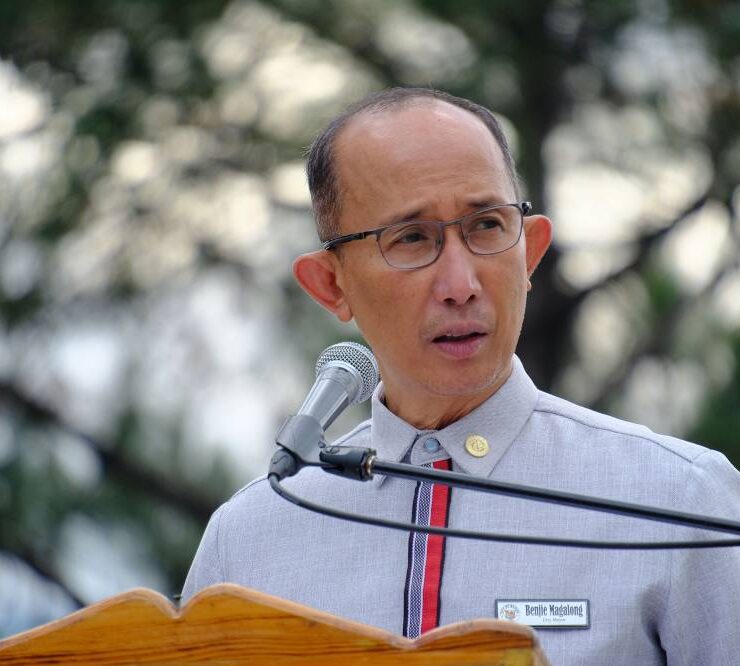Old rules no longer apply

The waning power of the mainstream, mass, or traditional media is best demonstrated by the recent survey results on the impeachment of Vice President Sara Duterte. Much of the news has focused on these Social Weather Survey (SWS) survey results: 41 percent are in favor, 35 percent against, with 19 percent undecided. But the clincher it seems to me is this figure: only 53 percent have heard of the whole brouhaha only when asked about it for the survey.
And yet a full court press, so to speak, has taken place, less competently on the part of the Senate (which is rapidly losing its justification for being), and quite aggressively (yet competently) on the part of the House, which has repeatedly put the Vice President (and even the former President) on the ropes. In an earlier time, one could safely assume that the Veep would be in far bigger trouble than she seems to be, now.
To repeat: asked about awareness of the impeachment complaint against the Veep, nationally, the results were: previously aware, 47 percent; heard of it only now, 53 percent. In (we would assume) media-saturated NCR, it’s 59 percent aware, 41 percent only now; North and Central Luzon, 53 percent, and 47 percent, respectively; Balance Luzon, 49 percent and 51 percent; with South Luzon, 46 percent and 54 percent. The urban (51 percent and 49 percent) and rural (43 percent and 57 percent) media divide can be gleaned from their respective results. Classes ABC are far away at 51 percent and 49 percent from the biggest chunk of the population, Class D at 49 percent and 51 percent—significant in terms of the most being almost equally divided, with the poorest, Class E at 35 percent and 65 percent.
Agreement with impeachment is highest among the following: in North Luzon, 53 percent; South Luzon, 52 percent; Balance Luzon and Classes ABC, 50 percent, respectively. Disagreement is highest in Mindanao, 56 percent; NCR and urban respondents, 37 percent; Class E, 36 percent; and Class D (the biggest class) 35 percent. Indecision is highest in the Visayas at 24 percent; North Luzon, 23 percent; and rural and Class E, respectively, at 20 percent.
Ignorance of course is no obstacle to forming an opinion, particularly where public opinion confers or deprives legitimacy to a cause. In which case, whether previously or newly informed, the results are still damningly significant for the Vice President and by extension, her father. After all, you have to consider other surveys looking at the relative popularity and/or approval of the President and the Veep: both have gone down in terms of public opinion, but the President, on the whole, retains a (slight) majority approval while the Veep is at the very border of majority approval. One aggregate (combining different surveys and obtaining the average) estimate has the President decreasing from an initial high of 77 percent approval in late 2022, to 54 percent as of December, while the Veep slid from a high of 82 percent to a current 50 percent approval in the same period.
One can make another inference about the waning reach and thus power, of mass media on the basis of advertising spending and survey results. A recent report by the Philippine Center for Investigative Journalism (on the basis of published ad rate cards which, of course, is a highly theoretical basis, but there you have it) pegs TV ad spending by Camille Villar and Imee Marcos at close to a billion pesos each, with Abby Binay at half a billion and Francis Tolentino, Ray Villafuerte (local), Benhur Abalos, Bong Revilla, and Bong Go at roughly P400 million, P350 million, P300 million, P140 million, and P100 million each.
Marcos is instructive: she has chosen to back the Vice President, she had a Christmas video with 1.5 million views, and yet political constancy, media spending, and online viewership don’t seem to have moved the needle: her trajectory in the surveys has been downward.
What this points to is that the slipping ratings of the Vice President are genuine snapshots of public opinion. Her good fortune is that the President’s ratings are slipping, too, and what’s more, since he must keep a standoffish attitude, the case has to be made by legislators who no longer enjoy the audiences they used to, because the media itself has a much-diminished audience. If public opinion isn’t moved, to the extent it used to be, either by political action or advertising, it’s still true that public opinion can be moved, when the news does filter through. But it takes longer—and, individual political players can actually be more stubborn because public emotion, in a sense, is less volatile because fewer are moved at any given time.
—————-
Email: mlquezon3@gmail.com; Twitter: @mlq3





















